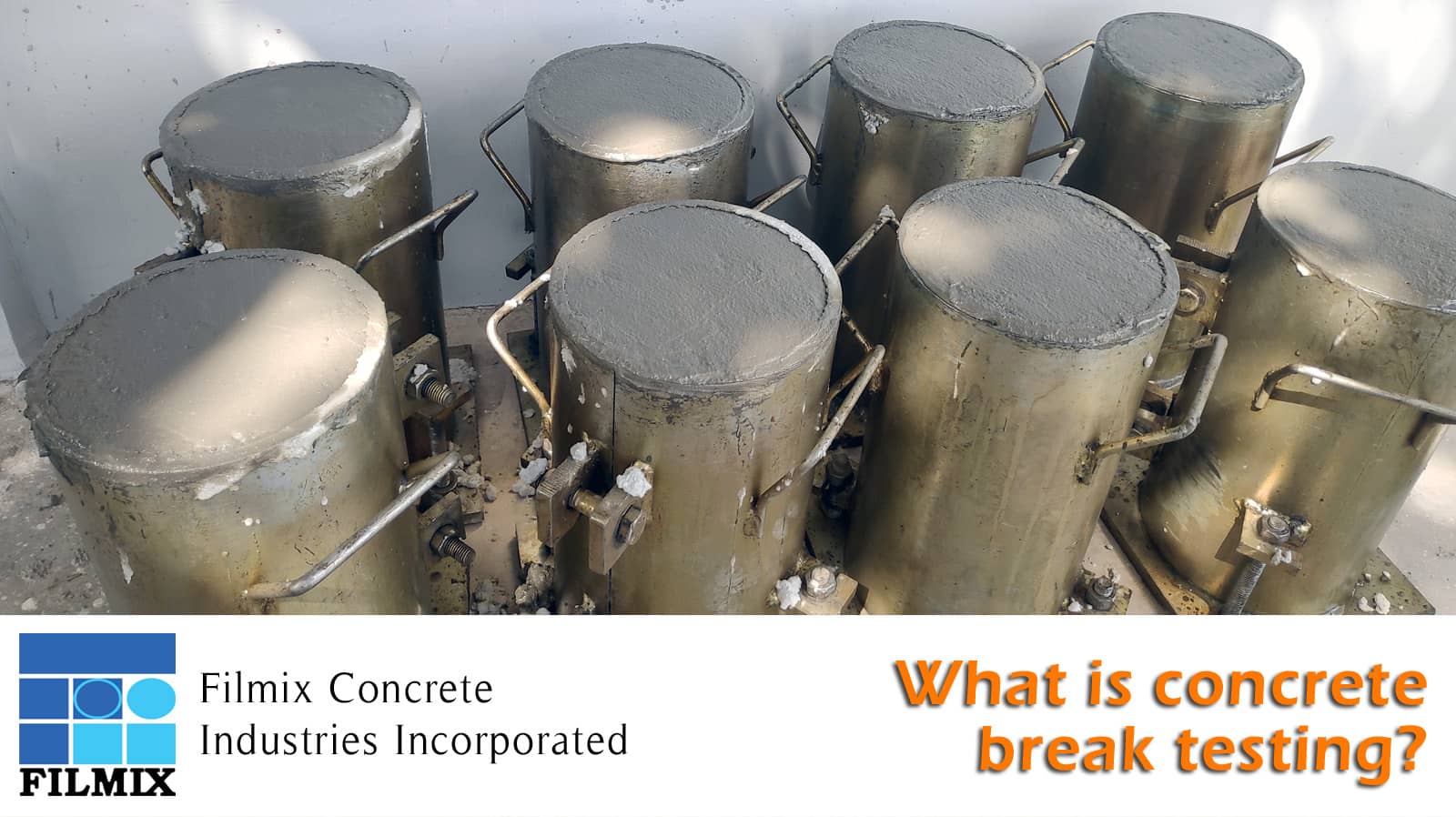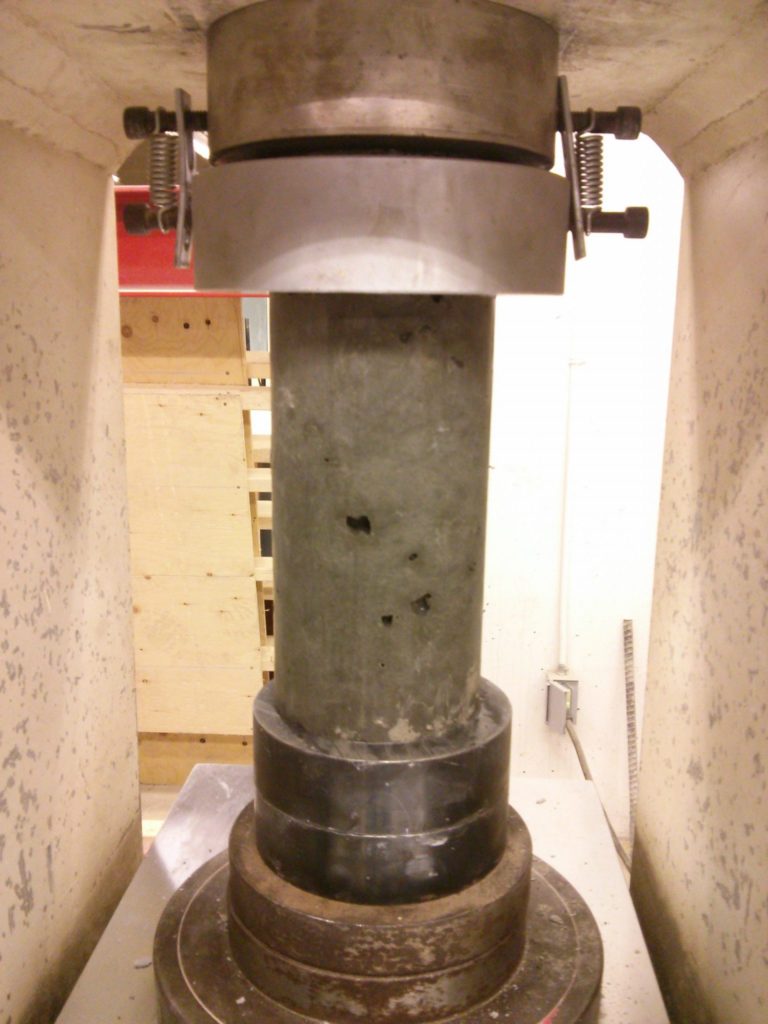Concrete Testing Near Me: Where Accuracy Fulfills Dependability in Project Guarantee
Placing Concrete to the Test: Revealing the Keys of Product Stamina
Concrete is a common material that creates the foundation of our developed environment, supporting structures both grand and simple. Yet, regardless of its widespread use, the secrets of concrete's impressive toughness continue to be greatly hidden. Understanding the factors that add to concrete's durability and exploring ingenious testing methods are essential action in opening its complete capacity. In this discussion, we will certainly dive right into the structure of concrete, the factors that influence its toughness, and the sophisticated techniques employed to measure and improve its performance. From the ancient Roman frameworks to the high-rise buildings of the contemporary age, the study of concrete's secrets promises to reveal a globe of possibilities for the future of building and construction.
The Make-up of Concrete
Concrete is a composite material consisting of a blend of concrete, water, aggregates, and typically other ingredients. This combination gives concrete with its one-of-a-kind properties, consisting of stamina, durability, and flexibility.
Accumulations, such as sand, crushed rock, or smashed rock, make up the mass of the concrete blend. They give toughness to the material and fill the spaces in between the cement fragments. The shapes and size of the accumulations can influence the workability and toughness of the concrete. Furthermore, other ingredients might be included in the blend to boost particular homes or address specific requirements. These ingredients can enhance the workability, decrease the water content, boost the toughness, or boost the longevity of the concrete.
Recognizing the composition of concrete is vital for engineers and construction professionals to create and build frameworks that meet specific efficiency requirements. By carefully picking the kind and proportion of each active ingredient, the preferred toughness and sturdiness of the concrete can be achieved. Furthermore, innovations in product science remain to discover new ingredients and mixes that can even more boost the residential properties of concrete, making it a much more versatile and trusted building and construction product.
Elements Influencing Concrete Toughness

Various kinds of concrete have varying chemical structures, which can influence the strength of the resulting concrete. Additionally, the dimension and form of aggregates made use of in the mix can affect concrete toughness.

Various other factors that influence concrete stamina include using admixtures, such as accelerators or plasticizers, the addition of extra cementitious products, and the presence of impurities or pollutants in the raw materials.
Evaluating Methods for Concrete Toughness
One typically utilized method for evaluating the strength of concrete is through the application of different screening techniques. One of the most widely used strategies is the compressive strength examination, which gauges the maximum load a concrete example can hold up against before it stops working.
An additional essential screening approach is the flexural strength test, which assesses the ability of concrete to stand up to flexing forces. This examination involves subjecting a beam-shaped concrete sampling to a slowly increasing lots till it reaches its maximum flexing ability. By gauging the lots and deflection at failure, engineers can figure out the flexural strength of the concrete.
In enhancement to these tests, there are various other strategies offered for analyzing concrete toughness, such as the split tensile stamina examination, the pull-off test, and the ultrasonic pulse rate test. The split tensile toughness test determines the ability of concrete to resist tensile pressures, while the pull-off test reviews the bond strength between the concrete look at here and various other materials. The ultrasonic pulse rate examination uses acoustic waves to identify the quality and uniformity of concrete.
Enhancing Concrete Durability
One approach is to utilize high-quality products during the concrete manufacturing procedure. In addition, including additional cementitious materials such as fly ash or slag can improve the concrete's resistance to chemical strike and minimize permeability.

Moreover, reliable treating techniques play an essential function in improving concrete durability. Healing includes preserving ample dampness and temperature level problems for the concrete to properly gain and moisturize toughness. This process helps prevent fracturing, surface area problems, and boosts total resilience.
Future Developments in Concrete Technology
In the realm of concrete technology, innovations coming up pledge to revolutionize the industry and redefine the possibilities of construction. Engineers and researchers are constantly making every effort to establish innovative methods and materials that can improve the efficiency and sustainability of concrete.
One of the future technologies in concrete technology is using self-healing concrete. learn this here now When splits occur, this innovative innovation permits concrete to repair itself. Microbes installed in the concrete are activated upon fracture formation, generating limestone to load the gaps and recover the structural integrity of the material. This not just raises the lifespan of concrete structures but also minimizes the demand for costly repair services and upkeep.
Another area of growth is using nanotechnology in concrete production. Nanomaterials, such as carbon nanotubes and graphene, can be contributed to concrete to improve its mechanical residential or commercial properties. These products have high stamina and conductivity, enhancing the toughness and performance of the concrete - concrete testing near me. Furthermore, nanotechnology can be utilized to establish self-cleaning concrete, which decreases the need for normal upkeep and cleansing.
Additionally, scientists are checking out using 3D printing innovation in concrete building. This strategy permits the effective and accurate manufacture of complex frameworks, reducing material waste and construction time. It likewise opens up new opportunities for architectural style and personalization.
These future technologies in read this article concrete modern technology have the possible to change the construction market, making it more sustainable, efficient, and cost-effective. With recurring research and development, we can expect to see these innovations become a fact in the close to future.
Verdict
In conclusion, recognizing the composition of concrete and the factors that influence its toughness is critical for enhancing its durability. Numerous screening approaches can be utilized to accurately measure concrete strength, giving beneficial understandings for building jobs. As modern technology remains to breakthrough, future developments in concrete technology hold the potential to better enhance the toughness and sturdiness of this crucial building material.
In enhancement to these examinations, there are various other methods readily available for evaluating concrete toughness, such as the split tensile strength test, the pull-off test, and the ultrasonic pulse velocity test. The split tensile strength test gauges the ability of concrete to resist tensile forces, while the pull-off test reviews the bond strength between the concrete and various other materials.One of the future developments in concrete modern technology is the usage of self-healing concrete. These materials have high stamina and conductivity, enhancing the sturdiness and efficiency of the concrete. As innovation continues to advance, future innovations in concrete modern technology hold the prospective to additionally improve the strength and toughness of this vital building material.